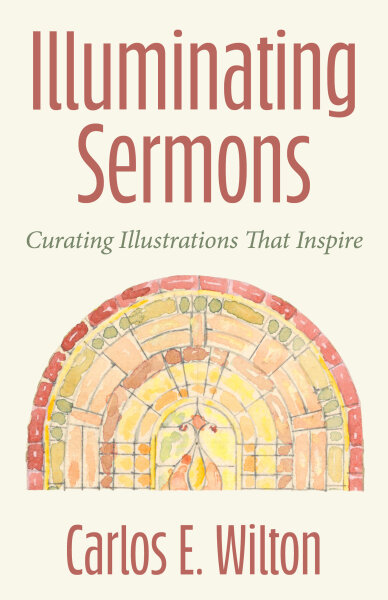Rev. Edwin Lacy, Associate for Church Care & Advocacy had an opportunity to ask the author about his new book

For the last couple of years you’ve been serving as the Bridge Pastor for Light Street Presbyterian Church in Baltimore, what led you to being part of our presbytery?
My wife, Claire Pula — also a member of Baltimore Presbytery — grew up in Baltimore’s Fells Point neighborhood. Several years ago we made a deal: because she’d followed me around for 40 years, we’d retire to her hometown. We landed in Canton, in a rowhouse overlooking Patterson Park. We’re loving the vibrancy of the city. I’m thinking of getting one of those bumper stickers: “Baltimore: Actually, I Like It.”
As a Pastor and Seminary Professor, what led you to decide to write books?
I first caught the writing bug at Washington College, on the Eastern Shore, where Claire and I both studied as undergraduates. That school has a renowned creative writing program. Neither Claire nor I were English majors, but we hung out with the literary types. It was years before I finally mustered the courage to describe myself as a writer. It simply dawned on me that, after writing and preaching hundreds of sermons, I was already a writer. My first books — sermon helps based on the lectionary — grew out of my preaching.
Your expertise is in Presbyterian Polity. What led you to decide to write about preaching?
Many Presbyterians know me from my book, Principles of Presbyterian Polity (Westminster John Knox Press). I wrote that as a textbook for my adjunct-professor teaching at New Brunswick and Princeton Theological Seminaries. But for many years before that, I was engaged in a long-term writing project few others knew about, because it offers no byline — I’ve contributed most of the sermon illustrations published in Homiletics Online (formerly Homiletics magazine). The only way I could keep so many literary balls in the air, and be a full-time pastor besides, was by using a database to file away stories, metaphors, quotations and poetry. In Illuminating Sermons I describe how, by practicing a certain kind of attention, you can discover all kinds of short texts that shimmer with possibility. All you have to do is scoop them up, filing them away so you can retrieve them later. Sometimes, years later.
You’ve published four books on preaching from the lectionary, what led you to write one about sermon illustrations?
The short answer is “to boldly go where no one has gone before.” Or at least, not many. I looked around a bit and realized that the last book on the topic was Charles Haddon Spurgeon’s The Art of Illustration, written in 1894. Lots of homiletics professors teach about how to find sermon illustrations. But no one’s devoted an entire book to the subject. I figured it was time.
What gap in illustrative preaching do you believe Illuminating Sermons fills?
I’ve long been aware from colleagues that the illustrations chase — and the Saturday-evening panic that too often goes along with it — is a source of anxiety. But it’s not rocket science. It really isn’t. You just need to cultivate an awareness that there are plenty of leprechauns out there, who never show up on demand. If you practice the spiritual discipline of attention, you’ll glimpse them as they flit by. If you know how to catch them and hold them down, they’ll show you their pot of gold.
Did you intend this book primarily for pastors beginning their ministry or can seasoned preachers benefit from reading it as well?
I wrote it with both in mind. For preachers in their early years, it’s a how-to manual for practicing the spiritual discipline of attention, then using a computer database as a force-multiplier so they can free themselves from the Saturday-evening panic. For more seasoned communicators, it’s a love letter to the art of preaching. My hope is that experienced colleagues will not only pick up some helpful tips, but also celebrate the ways they’re already doing the right thing.
Are you making any plans to teach an “Illuminating Sermons” class or lead a workshop on this topic?
Not yet, but I’m certainly open to the idea. One thing I have done is to start a substack, “Curated Sermon Illustrations.” Subscriptions are free — http://curatedsermon.substack.com/ . Subscribers receive, by email, a free, daily sermon illustration, categorized by topic words. If the idea takes off, I may add a paid level, with more in-depth sermon helps — but the daily emails will always be free.
For more on Illuminating Sermons: Curating Illustrations that Inspire (Fortress Press, 2025), visit:
https://www.fortresspress.com/store/product/9798889834953/Illuminating-Sermons
There are links on that page for ordering either an e-book or a hard copy from leading online booksellers. On the Amazon site, you can click on a button to read a free excerpt.


